SUMMARY
This is AI generated summarization, which may have errors. For context, always refer to the full article.
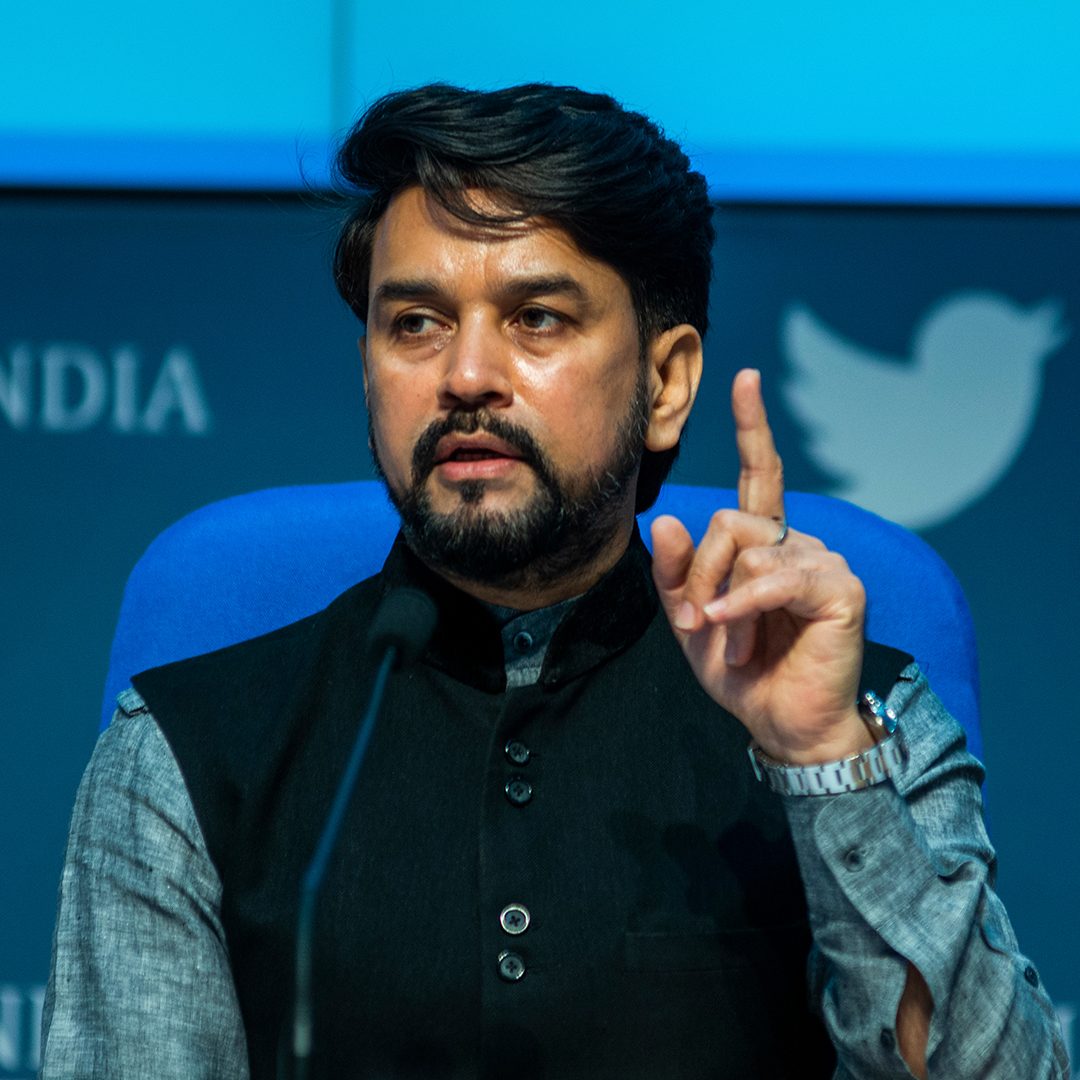
At the start of 2020, New Delhi was a tinderbox. A state election was scheduled for early February, crowds had gathered across India’s capital to protest against a controversial new citizenship law, and Prime Minister Narendra Modi’s ruling Bharatiya Janata Party was organizing patriotic marches in response.
On January 27, government minister Anurag Thakur was addressing one such event in the capital, where he was filmed urging a mob to shoot “the country’s traitors.” A month later, the city was shaken by anti-Muslim riots that claimed at least 53 lives. The majority of victims were working class Muslims. But, when reporters pressed Thakur for comment, he accused them of “lying” – despite widely available video footage to the contrary.
Now, Thakur has the power to take down news reports that run against his ambiguous grasp of the truth.
Over the weekend, he was made India’s Minister for Information and Broadcasting. The appointment came a month after the nation passed a new and draconian media censorship law that – if implemented in the way many fear it will be – will throttle India’s already embattled press.
The legislation forms a comprehensive attack on freedom of speech and expression. The first part of the law is directed at platforms, such as Twitter, Facebook and WhatsApp; the second at streaming services, such as Netflix and Amazon Prime; the third deals with online news organizations.
The regulations are ostensibly only for digital publishing, but will likely be applicable to all media outlets that have an online presence. India now takes 142nd place out of 180 countries in the World Press Freedom Index, compiled by Reporters Without Borders — a ranking so low that the Modi government set up a special committee to look into it. This new law is likely to push the country even further down the table.
If, to paraphrase Tolstoy, every censorship-happy regime is censorious in its own way. India’s new media laws offer a telling insight into Modi’s authoritarian interpretation of astroturf populism.
The last time a regime attempted such overt control of the Indian press was during the Emergency of 1975, when Prime Minister Indira Gandhi effectively suspended the constitution against a backdrop of rising political unrest and disaffection with her government. Gandhi relied on a more top-down model of censorship, in which government officials visited printing presses and newspaper offices, and excised offending articles from newspapers before they made it to print. The following days papers often carried white spaces where there should have been news articles.
Modi’s laws are tailor-made for the modern age of permanent outrage and his ministers’ preference to let mobs — both online and offline — do their dirty work for them. The heart of the new Information Technology (Intermediary Guidelines and Digital Media Ethics Code) Rules, 2021 lies in a seemingly innocuous “grievance redressal mechanism,” via which anyone offended by any piece of online news can lodge a complaint with the relevant news organization.
The publication must acknowledge the complaint within 24 hours and respond within 15 days. If the complainant isn’t happy with the response, they can escalate the matter to an industry body, and if the response of the industry body still doesn’t satisfy them, they can — within about a month of their first complaint — approach a central government committee, set up by the Ministry of Information and Broadcasting. This government-administered body can order that the content be taken down, demand that stories be changed, or — to quote from the law — warn, censure, admonish or reprimand the publisher. The ministry can also directly ask the committee to evaluate any story it finds objectionable.
The government also retains “emergency powers” to direct any publisher to take down content in the interest of protecting the sovereignty of India, the security of the state or the maintenance of public order. In such cases, it can unilaterally ask for content to be taken down.
To understand how this works, I called Siddharth Varadarajan, founder of The Wire, one of the few Indian publications still standing up to Modi’s government. Varadarajan and his colleagues are routinely harassed by state police forces acting at the behest of their political masters, and rank-and-file members of the Hindu nationalist BJP, who file cases against them, on frivolous pretexts, with far-flung police stations.
“In effect, this gives the government the power to take down pretty much anything that isn’t a cooking recipe,” Varadarajan told me. “These rules are basically weaponizing troll armies to flood publications with thousands of complaints that the publication will have to log and answer. And, if the trolls aren’t happy, they can escalate it to the government, which can order that the article be taken down.”
When I was editor-in-chief of HuffPost India, we found that Modi and Home Minister Amit Shah had set up a secretive propaganda company called the Association of Billion Minds to run sophisticated online misinformation campaigns. The BJP also helms a network of thousands of paid and unpaid supporters to influence online conversations and target anyone who criticizes the prime minister or his government.
In such a scenario, it is all too easy for Modi’s online army to swamp small digital newsrooms with thousands of complaints in a matter of minutes and quickly escalate them to Thakur’s ministry. “And of course this power is completely discretionary,” Varadarajan said. “So, if someone complains against a government-friendly publication, the government can simply look the other way.”
This allows for a curious arm’s-length transaction in which the government outsources censorship duties to the public under the guise of personal empowerment, then censors the press under the guise of “grievance redressal.” It also relies on an old trick of populist regimes around the world: creating the belief that citizens and the state are both on the same side, battling the excesses of an out-of-control press, controlled by dangerous and self-interested elites.
Given his track record, Thakur is the perfect man for such a task.
When the Election Commission of India asked him to explain his hateful sloganeering in Delhi, he said that he was innocent. He only admitted to shouting, “Traitors of the country…” It was, he explained, his supporters who chanted, “Shoot them.” – Rappler.com
Aman Sethi is Coda Media’s Director of Editorial Product and leads newsroom’s editorial product initiatives and their market opportunities. He was previously the Editor-in-Chief of HuffPost India, and is the author of A Free Man, an award-winning work of narrative non-fiction.
This article has been republished from Coda Story with permission.
Add a comment
How does this make you feel?
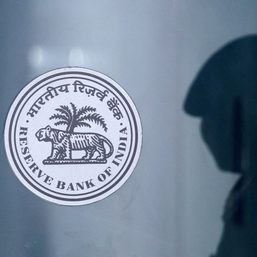
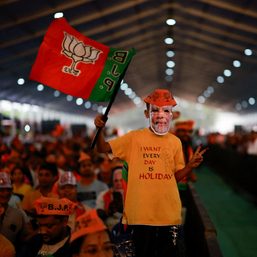
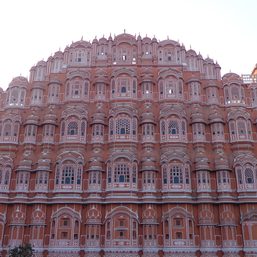

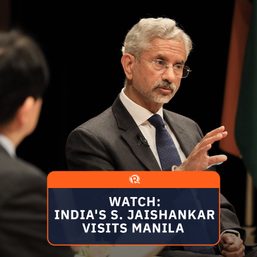
There are no comments yet. Add your comment to start the conversation.